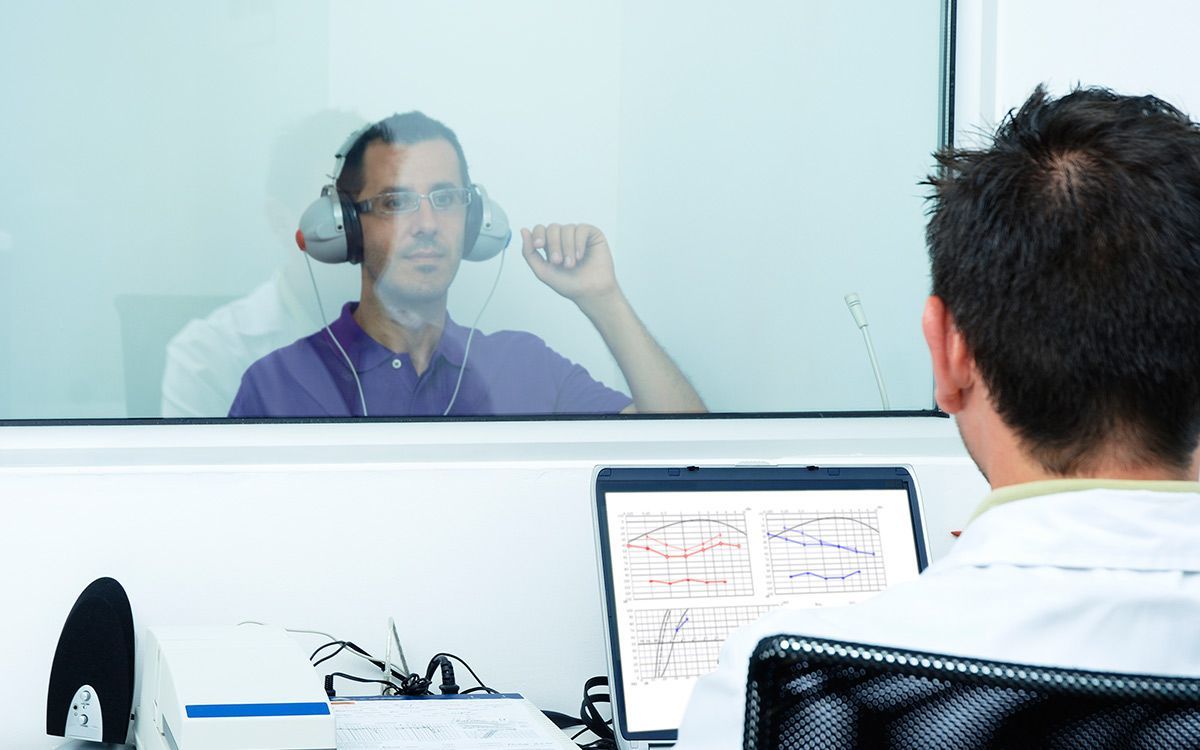Finding Hearing Aids You Can Afford

We all love a good bargain. But when it comes to your health, be careful what you buy and keep your eye on the little details.
The terms “hearing aid” and “hearing amplifier” might seem similar but they are actually very different devices. And your overall hearing and health could suffer major consequences if you make the wrong decision about this.
What is a hearing amplifier?
A little device that goes inside of your ear, a hearing amplifier raises the volume of outside sound. These tend to be quite simple, one-dimensional devices which the government categorizes as personal sound amplification devices. A hearing amplifier is like cranking the volume up on the world.
These devices are typically not suggested for people with moderate to severe hearing loss because of their one-size-fits-all strategy.
Clear difference between hearing aids and personal amplifiers
It starts to become pretty apparent that hearing aids aren’t the same as hearing amplification devices when you consider that amplifiers are not recommended for people with even moderate hearing loss. Hearing aids, obviously, are encouraged for those with hearing loss.
Both types of devices are capable of raising the volume of outside sound. But one of these devices has a much higher degree of amplification technology and sophistication.
- Whatever environment you find yourself, your hearing aids can tune in to it. There are quite a few factors that will determine the exact acoustics of a space. These adjustments can even be made automatically with some modern hearing aids. A dedicated device or smartphone can calibrate hearing aids that don’t do it automatically. By making small adjustments to the settings of your hearing aid, you’re capable of hearing better in a wider variety of environments, meaning there will be fewer places you wish to avoid.
- Hearing aids are specially manufactured to help you process speech. Because communication is so essential in our lives and also because of the irregular way hearing loss develops, this is an important function. So this function has been prioritized by hearing aid makers who have put considerable resources into enhancing it. In order to make certain voices come through clearly even in a noisy room, advanced technology and algorithms are bundled inside of modern hearing aids.
- With hearing aids, only select wavelengths of sound are amplified. Because hearing loss often progresses wavelength by wavelength. Either high-frequency sounds or low-frequency sounds typically fade first. Instead of making everything louder, hearing aids work to plug holes in what you’re hearing. For people who have hearing loss, this selective approach is more effective.
To put it bluntly, properly treating hearing loss depends on these capabilities. In most cases, personal amplifiers don’t have these features.
The right deal for your ears
Along with a decreased ability to hear, neglected hearing loss can also lead to mental decline. Because amplifiers don’t differentiate between frequencies, if you turn them up enough to hear what you’re missing, you’ll likely have it up too loud for other frequencies….and damage your hearing further. And who wants to do that?
Right now, the only approved treatments for hearing loss, if it’s not a result of earwax, are some surgeries and hearing aids. You won’t save any money long term by failing to get treatment for your hearing loss. Untreated hearing loss has been shown to increase your overall healthcare costs more than 40 percent. Fortunately, there are affordable options. Just ask us.
Call Today to Set Up an Appointment
References
https://www.mayoclinic.org/diseases-conditions/hearing-loss/diagnosis-treatment/drc-20373077


